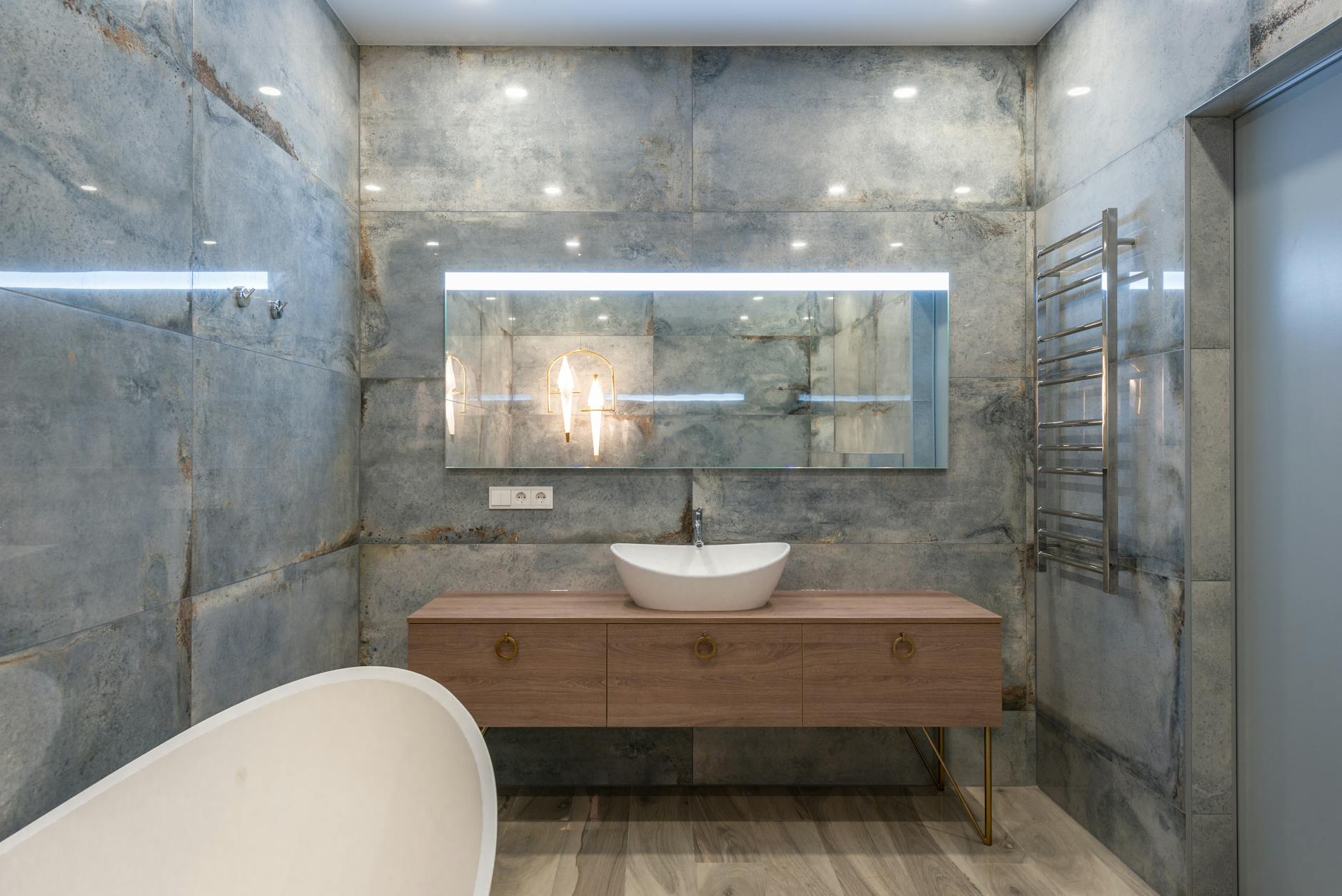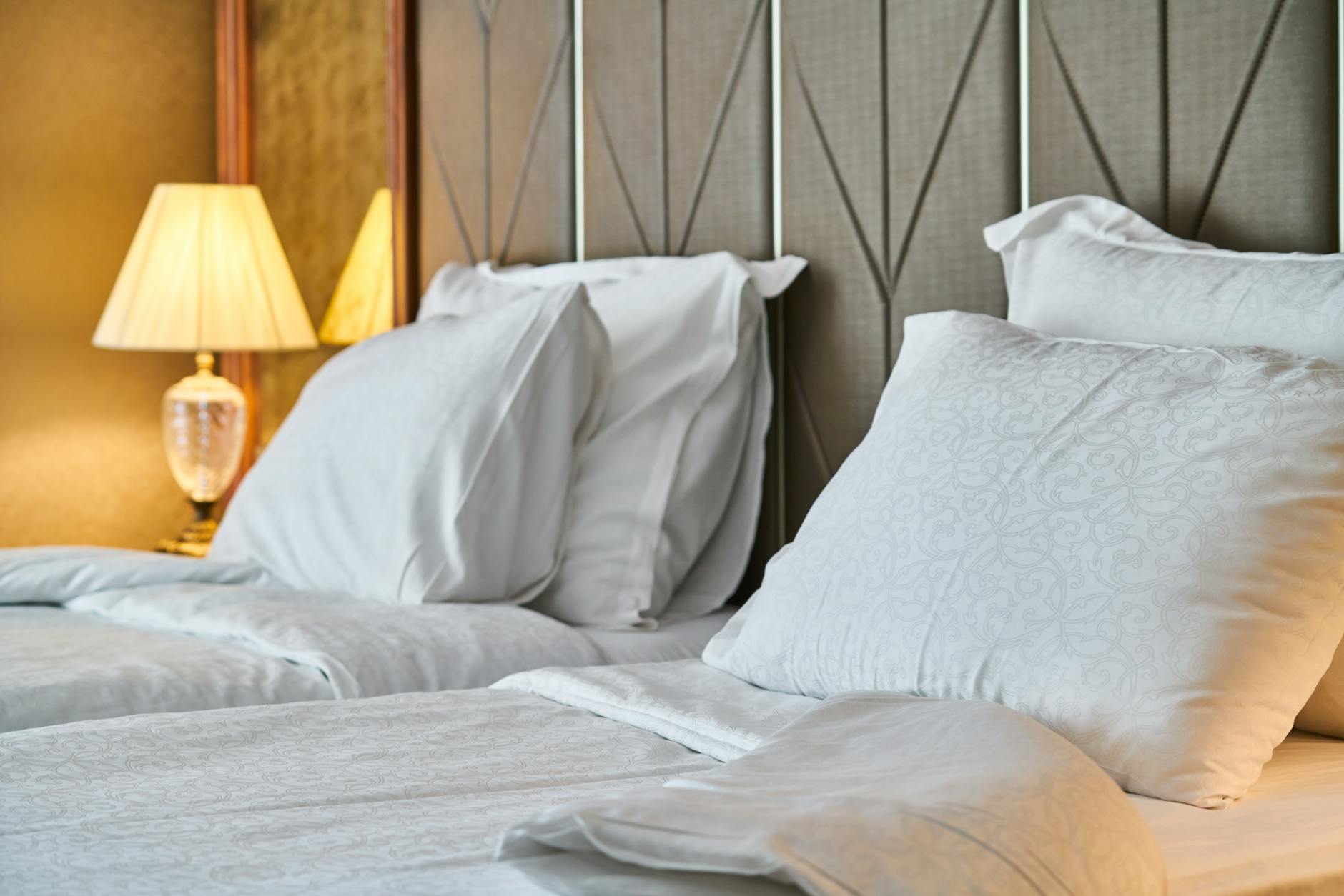How to Style a Floor Lamp Like an Interior Designer
The art of interior design is all about harmonizing the aesthetics of a room with practical functionality. One aspect often overlooked by amateur designers is the subtle yet profound effect that a well-placed, well-styled floor lamp can have on the overall look and feel of a space. The question is — how exactly does one go about styling a floor lamp like a pro?
While trying to incorporate floor lighting can seem like a daunting task, understanding some basic principles about positioning, style continuity, and proper layering of light can make a world of difference. This post will guide you step-by-step on how to style your floor lamp just like an expert interior designer.
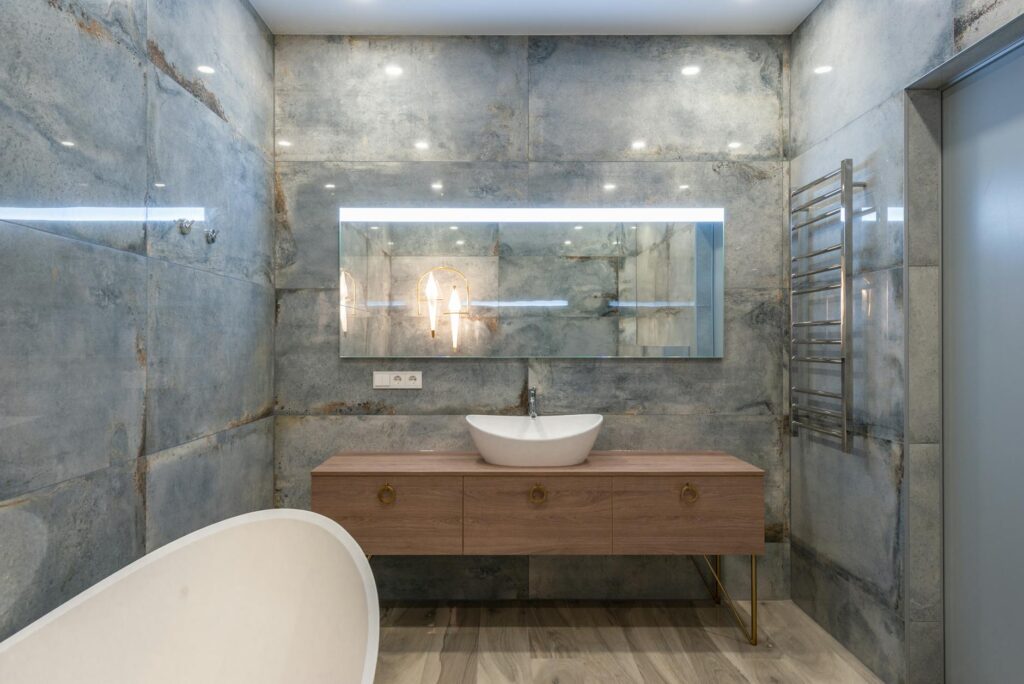
The Importance of a Floor Lamp in Interior Design
Before delving into the styling tips, it’s crucial to understand why a floor lamp is an essential element in the world of interior design. Floor lamps are not only a source of illumination but also an opportunity to showcase your style, improve visual interest, and create a cozy ambiance. They offer a unique blend of functionality and aesthetics that other lighting sources can’t provide. To learn more about different types of lightings and their role in design, you can find more in our previous post here.
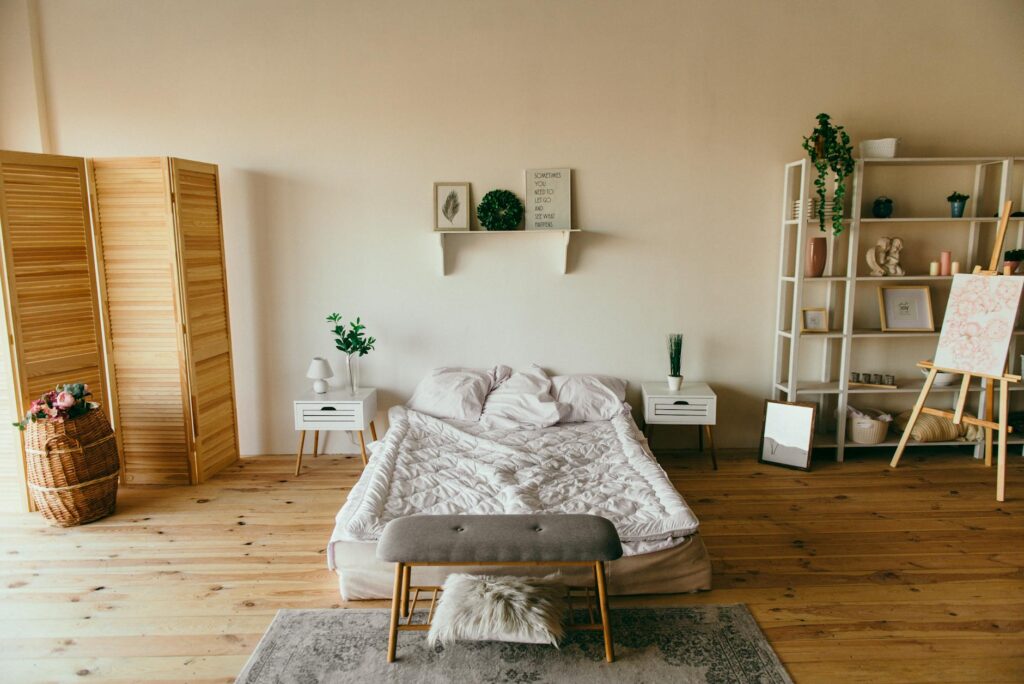
Choosing the Right Floor Lamp
When choosing a floor lamp, it’s important to consider both its design and how it will be used in the room. Ultimately, the style, height, and type of light emitted should perfectly blend with the room’s overall design theme. Here are the key factors to consider when choosing a floor lamp:
- Style: Always choose a lamp that complements your home’s decor style. For modern interiors, sleek, minimalist designs work best. A more ornate lamp might suit a classic or vintage-inspired space. You can learn about matching furniture with lighting in our blog post here.
- Size and Proportion: Consider the size and scale of your room and the furniture within it before choosing a lamp. A floor lamp should not overpower the existing furniture nor get lost in it.
- Functionality: If you’re after task lighting for reading or working, choose a lamp that directs light downwards. For a more diffuse, ambient light, an upward-facing shade will do the trick.
Positioning Your Floor Lamp
Once you have chosen the perfect floor lamp, it’s time to find the best place to position it. A floor lamp is usually placed in a corner of a room because it provides a gentle glow that can make the room feel larger and more intimate. However, this isn’t a hard and fast rule. Here are some tips for positioning your floor lamp:
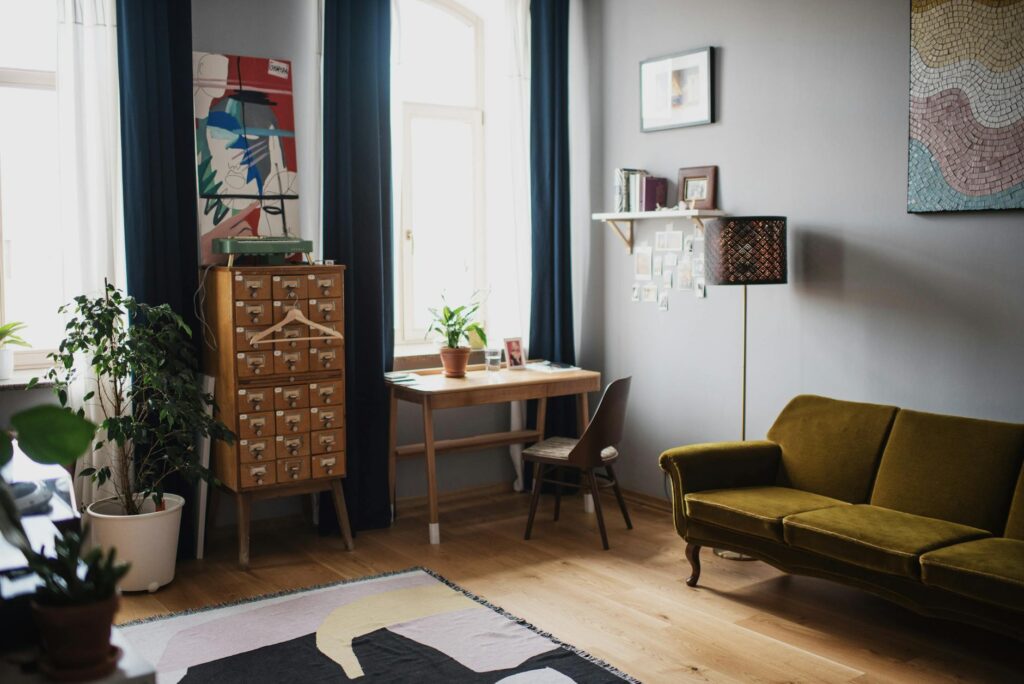
- In the Corner: As mentioned earlier, this is the most common position for a floor lamp, especially in smaller spaces where every inch counts.
- Next to a Sofa or Chair: This is an ideal location if you’re using the lamp for task lighting, such as reading. Make sure it’s positioned to the side of your preferred reading spot.
- Highlight an Attribute: Place your lamp near a striking piece of furniture, artwork, or architectural feature to draw attention to it. This tactic can also be used to break up large, empty spaces.
For more in-depth advice on light positioning, check out this previous blog post on The Art of Lighting in Interior Design.
Creating Layers of Light
Layering different types of light from varied sources is a cornerstone technique in interior design. Just like layering clothes, light can be layered to create a unique atmosphere that suits the function of the space. Here’s a quick introduction to the three main types of light layering:
- Ambient Lighting: This is the base layer of light that provides general illumination to the space. Floor lamps can contribute to this layer by casting a diffuse, warm light.
- Task Lighting: This type of lighting is focused on specific areas where tasks like reading, working, or cooking will take place. As mentioned earlier, a floor lamp beside a reading chair or desk can serve as task lighting.
- Accent Lighting: This light layer primarily serves a decorative purpose, highlighting features or objects in the room. A floor lamp positioned to highlight a piece of artwork is an example.
To achieve an expertly designed look and lighting harmony in your room, be sure to incorporate all three types of lighting. You can find more about this in our post on How to Layer Lighting in a Room.
Frequently Asked Questions
1. What type of floor lamp should I choose for a small room? In a small room, a slim, tall floor lamp that doesn’t take up much horizontal space would be ideal. Direct light upwards to create an illusion of height and more space.
2. How tall should my floor lamp be? The height of your lamp should depend on its function and the size of the room. For a large room or when used for ambient lighting, a taller lamp is preferable. For task lighting, the lamp should be at eye level when seated.
3. Can I use a floor lamp as my room’s main light source? While a floor lamp can contribute to a room’s overall light, it’s best used alongside other light sources. Layering various levels of light creates the most appealing effect.
4. What type of bulb should I use for my floor lamp? That largely depends on the lamp’s purpose. For ambient lighting or creating a warm, cozy atmosphere, a soft white bulb is super. For task lighting, a brighter, cooler bulb would be best.
5. Can I place a floor lamp near a window? Generally, yes. However, the lamp may not be as effective during daylight hours due to the influx of natural light. Additionally, you’d want to be sure the lamp doesn’t obstruct the view or create unpleasant glare on the window.

